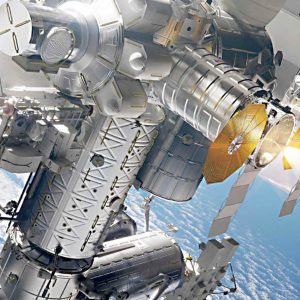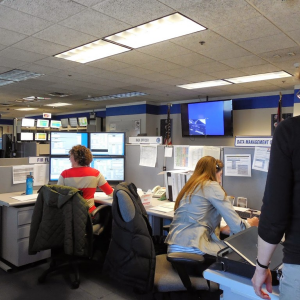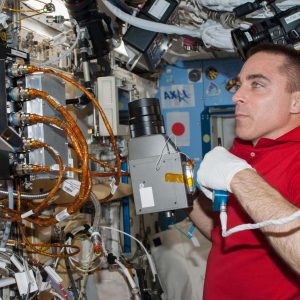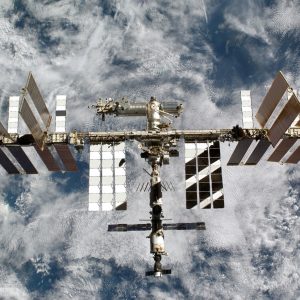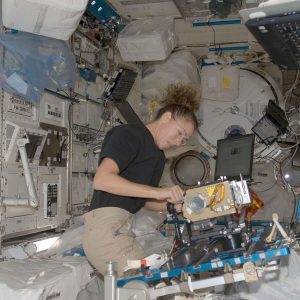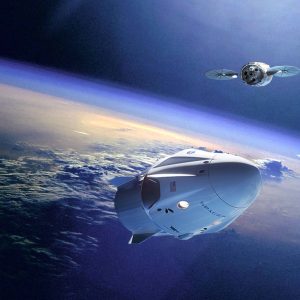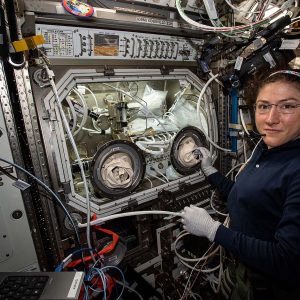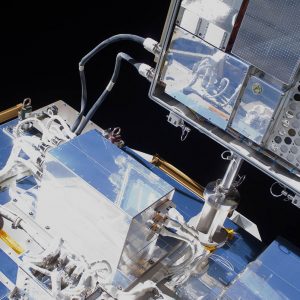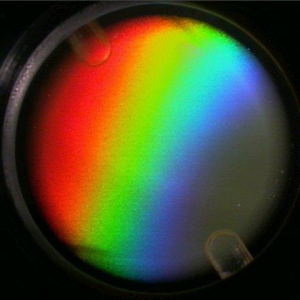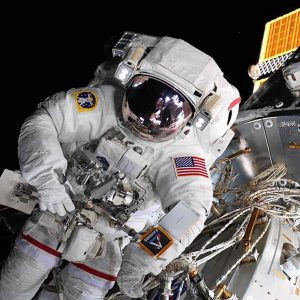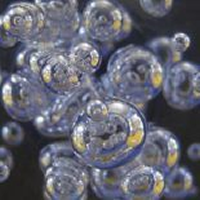ISS Research Program
NASA’s Physical Sciences Research Program at the International Space Station (ISS) has conducted striking fundamental and applied research leading to improved space systems and new, advantageous products on Earth.
International Space Station Environments, Power and Research
NASA’s experiments in the various disciplines of physical science, reveal how physical systems respond to the near absence of gravity. They also reveal how other forces that on Earth are small compared to gravity, can dominate system behavior in space. The International Space Station (ISS) is an orbiting laboratory that provides an ideal facility to conduct long-duration experiments in the near absence of gravity and allows continuous and interactive research similar to Earth-based laboratories. This enables scientists to pursue innovations and discoveries not currently achievable by other means. NASA’s Physical Sciences Research Program also benefits from collaborations with several of the ISS international partners—Europe, Russia, Japan, and Canada—and foreign governments with space programs, such as France, Germany and Italy. The scale of this research enterprise promises new possibilities in the physical sciences, some of which are already being realized both in the form of innovations for space exploration and in new ways to improve the quality of life on Earth. Test
- ACE

- ACME
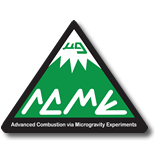
- BASS
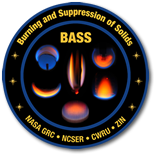
- BASS-M

- BASS-II
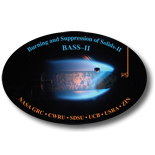
- BCAT-3
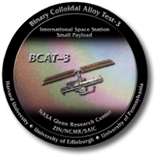
- BCAT-4
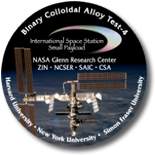
- BCAT-5
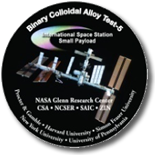
- BCAT-6
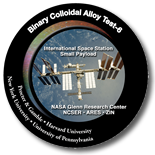
- BXF
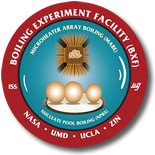
- CCF
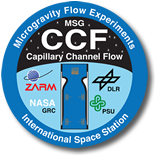
- CFE-2
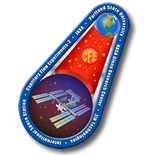
- CFI
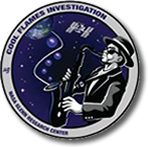
- CSLM
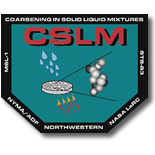
- CSLM-2
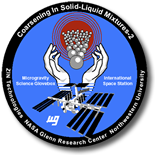
- CVB
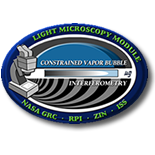
- CVB-2

- DAFT
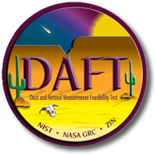
- EHD

- FBCE

- FLARE
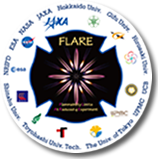
- FLEX
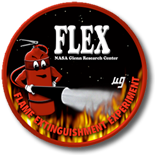
- FLEX-2
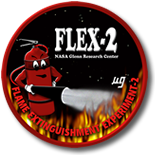
- FLEX-2J
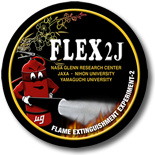
- FLEX-ICE-GA
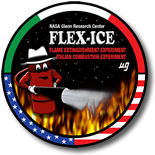
- GIPOC
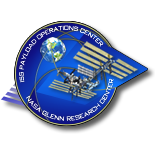
- HUNCH

- InSPACE
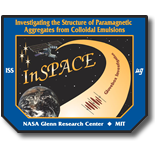
- InSPACE-2
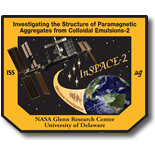
- InSPACE-3
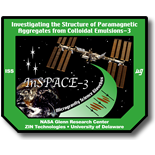
- LCF
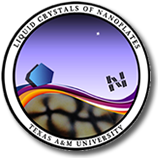
- LMM
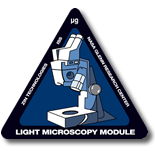
- MAMS
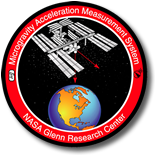
- MDCA
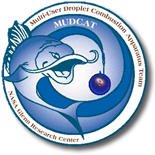
- MISSE
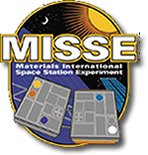
- OASIS
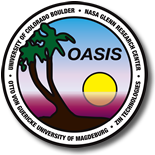
- LMM BioPhysics

- PBRE
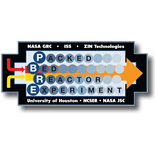
- PBRE-WRS
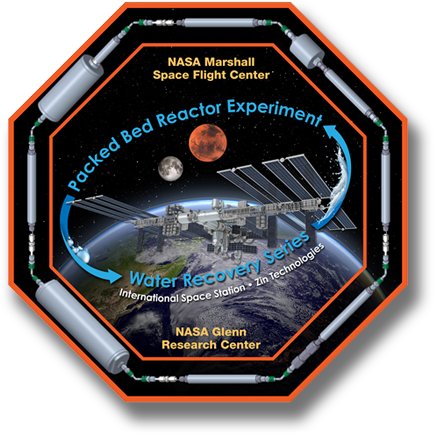
- PCS
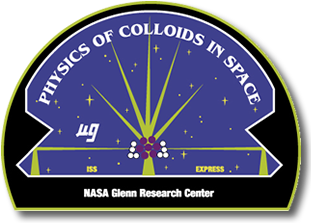
- PIMS
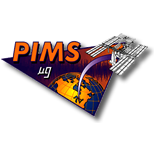
- PWM
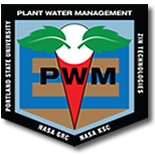
- Saffire
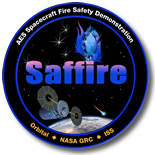
- SAME
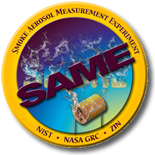
- SAME-R

- SAMS
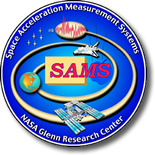
- SCaN Testbed
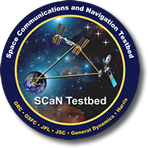
- SCWM
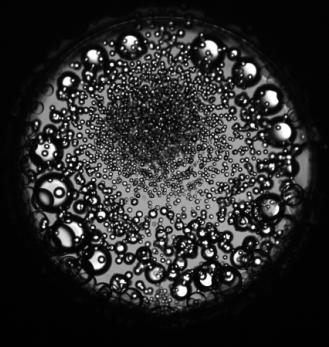
- SHERE

- SHERE-II

- SLICE
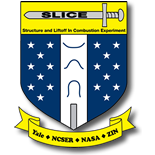
- SoFIE
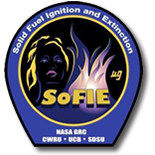
- SPICE
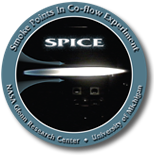
- STDCE-1
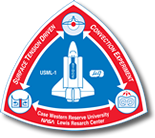
- STDCE-2
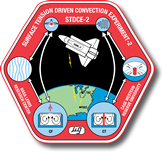
- ZBOT

- ZBOT-NC


